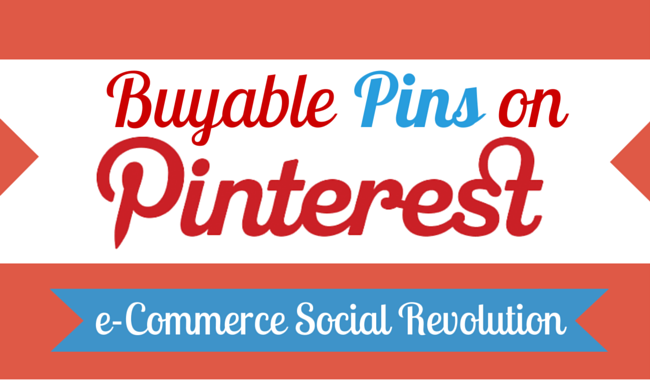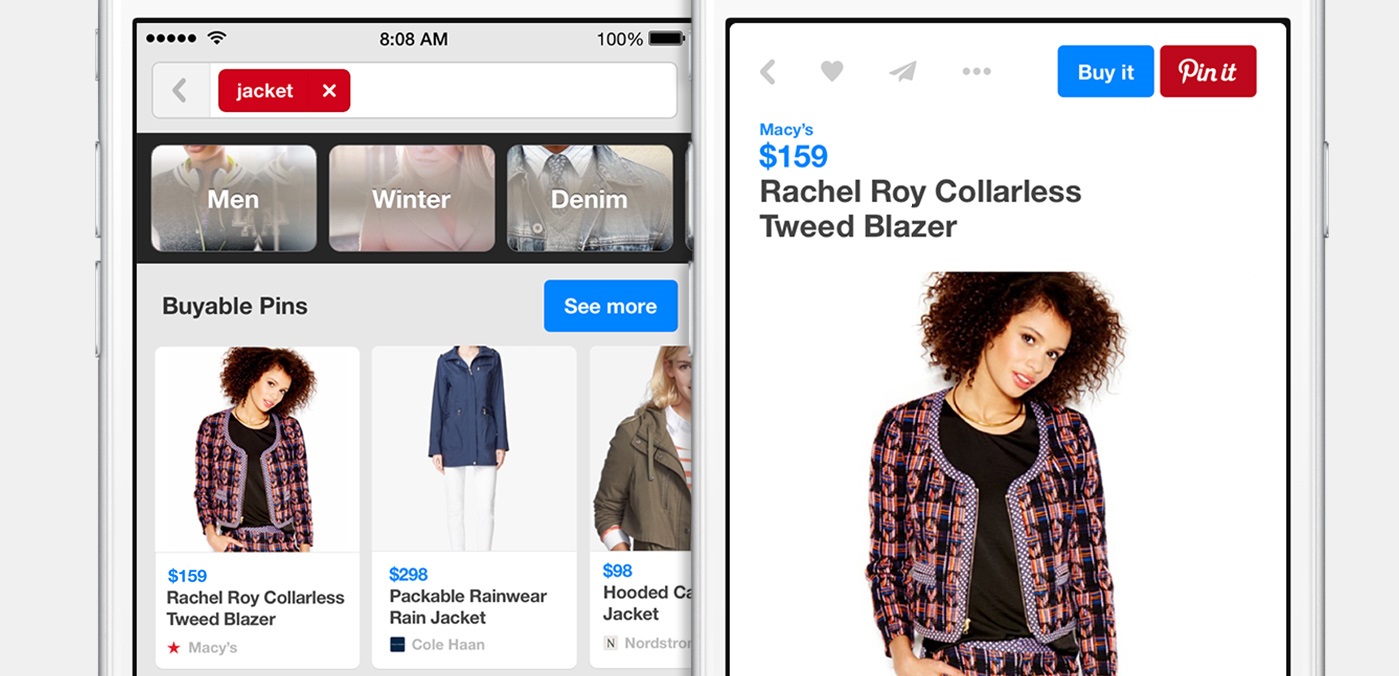
For years, social media companies were primarily involved in top-of-the-funnel e-Commerce activities, such as product marketing. However, the landscape has evolved significantly. Platforms like Pinterest, Twitter, Facebook, Instagram, and even Google have long integrated “buy buttons” and other direct shopping features into their platforms, drastically shortening the path from product discovery to purchase. This fundamental shift will affect the way merchants sell greatly. For a smoother transition, consider our basic data migration service, Universal eCommerce Migration Checklist and pre-migration tips.
From now on, consumers can discover and buy a product without the need to leave a particular social media. This allows media giants to build new revenue streams from their tremendous audiences and take advantage of people’s interest in buying items directly through their platforms. And that’s, of course, will affect the way merchants sell greatly, underscoring the importance of selecting the right shopping cart solution.
In this regard, we start a blog series aimed to cover the peculiarities of implementation of “buy buttons” on different social media channels, beginning with one of the pioneers in this field - Pinterest.
Buyable Pins on Pinterest
Clever marketers have been exploiting an e-Commerce potential of Pinterest for a long time now, gradually turning it into a giant window case. And it actually works - a significant percentage of Pinterest users have purchased something after discovering it on the platform. Every day millions of people browse pages pinned by their friends, celebrity tastemakers, and store representatives, looking for a new cool stuff to pin and, occasionally, buy.
Due to the platform's mechanics, Pinterest is the network most likely to drive spontaneous purchasing. Who knows what you might stumble across? Nevertheless, buying always took some time to happen - Historically, immediate sales conversion from Pinterest was a challenge, with only a fraction of influenced sales occurring within 24 hours of a product being pinned, and many purchases made through other channels. Not to mention the fact that a half of those were made from different sources - either in-store or online.
Buyable pins are called to bridge what is currently the main gap in Pinterest user experience: every time a shopper wants to buy a product, he or she needs to go elsewhere. By moving shoppers more quickly from pin to purchase, buy buttons could help brands boost sales considerably. There’s a big opportunity to increase impulse buying in particular, since a substantial portion of customers on Pinterest frequently engage in impulse purchases, buying items they encounter for the first time.

How Do Buyable Pins Work
“Blue means you can buy” - that’s how to spot a buyable pin. Then comes the checkout with Apple Pay or credit card and - a few days later - a virtual pin will “materialize” into a beautiful silk dress, or whatever you’ve ordered. Simple enough.
OK, so the merchants will benefit as usually, but what about Pinterest? No, no transaction fees are planned. As for now, all the gain earned through buyable pins will go straight to retailers. Instead, Pinterest is going to make its profits by charging companies to promote their now-buyable pins.
Currently, shopping features on Pinterest are well-established and continue to evolve. Once limited in availability, these 'buyable pins' or direct shopping options are now widely accessible across various devices, including iPhones, iPads, Android devices, and desktop browsers, in numerous countries. This extensive availability allows retailers and shoppers globally to participate in the e-Commerce social revolution.
There’s something else you need to know though. Recognizing the vast ecosystem of e-commerce, Pinterest has established integrations with leading platforms such as Magento, Shopify, BigCommerce, WooCommerce, and other major solutions. This broad support means that merchants using a wide range of e-Commerce solutions can leverage Pinterest's shopping features. If you are considering optimizing your store for social commerce, exploring migration options, such as our Premium Data Migration Service, might be beneficial to enhance your platform's capabilities. Or not, and migrate to Shopify. For those planning a platform change, our detailed migration guides offer invaluable assistance.
Challenges Ahead
Most definitely, buyable pins will enhance the Pinterest experience, instead of detracting from it. But to compete for shoppers, Pinterest will need to rethink many aspects of its current UX. For businesses looking to tailor their online presence, a customized migration service can address specific platform needs and enhance user experience. For example, the platform will need a way to filter search results by price and size, add buyable pins for entire shopping lists, an instrument to flag discounts, and notify whenever a pinned item goes on sale.
By making it easier for businesses to benefit from the platform, Pinterest needs to consider that there remains a significant disparity between the number of merchants utilizing these features and the vast user base. A low density of buyable pins among many non-buyable (+ promoted ones) will hardly be convenient for shoppers. The most obvious way to spread buyable pins the across the user boards is to implement an affiliate program allowing to earn a revenue percent of any item purchased through a particular board.
But how to ensure that promoted, affiliated, buyable pins will not force out user-driven pinning that gives the site its character? A major part of what has made Pinterest so successful as a purchase-booster is the strong element of unexpected discovery. Promoted pins, however, might ruin this experience.
After all, it’s a challenge that’s hardly unique to Pinterest. The landscape for social commerce is still evolving, requiring platforms and merchants to continuously adapt and innovate. By method of trial and error, Pinterest and other media giants will break new ground and give the main answer: do people really want buying on social media? That’s the topic still to discuss. Stay tuned.
Monthly Update – December 2025
As we conclude 2025, the e-commerce landscape is increasingly shaped by immersive social shopping experiences. Platforms like Pinterest, Instagram, and TikTok are pushing beyond basic "buy buttons" to incorporate advanced augmented reality (AR) features, allowing users to virtually try on products or visualize them in their homes before purchase. This shift demands richer product data and compelling visual assets from merchants. Live shopping events, often hosted by influencers directly within social apps, are also driving significant conversions, particularly for fashion, beauty, and home goods brands. Retailers should focus on enriching their product catalogs with high-quality visuals, 3D models, and interactive content to fully leverage these AR capabilities and dynamic shopping formats. Furthermore, direct messaging integration for customer support and hyper-personalized recommendations through AI-powered chatbots on social channels are becoming crucial for building loyalty and facilitating seamless transactions. Merchants aiming to stay competitive in 2026 must prioritize these interactive and personalized social commerce strategies, ensuring their backend systems and data migration processes are robust enough to support rapid adoption and innovation.
For more details, explore our FAQ section or schedule a call with a migration expert.



